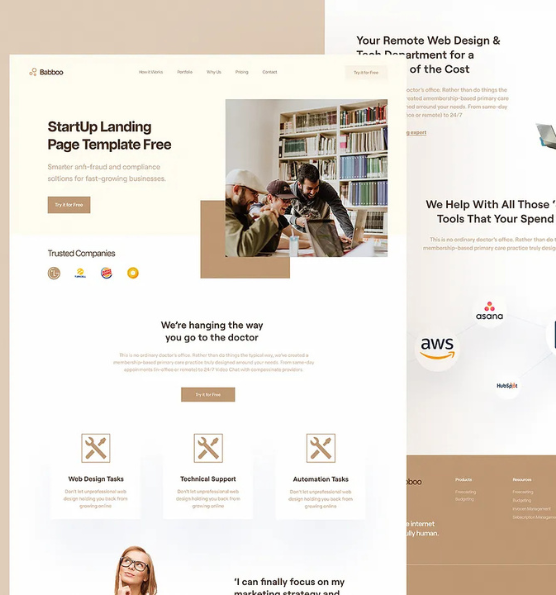Best Digital Marketing Services for Business Growth
Peak Media – Driving Business Growth with Expert Digital Marketing!
Peak Media delivers top digital marketing services that transform businesses. Our expert consultancy helps companies boost online presence, generate leads, and maximize ROI with proven results.





Get Your Personalized
Digital Marketing Proposal:
Tell us about your business goals. Peak Media’s consultancy team will create a custom digital marketing proposal that drives results and accelerates your growth.
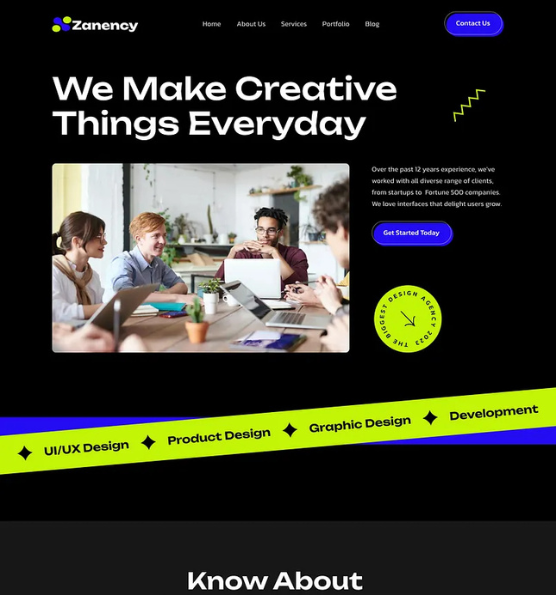
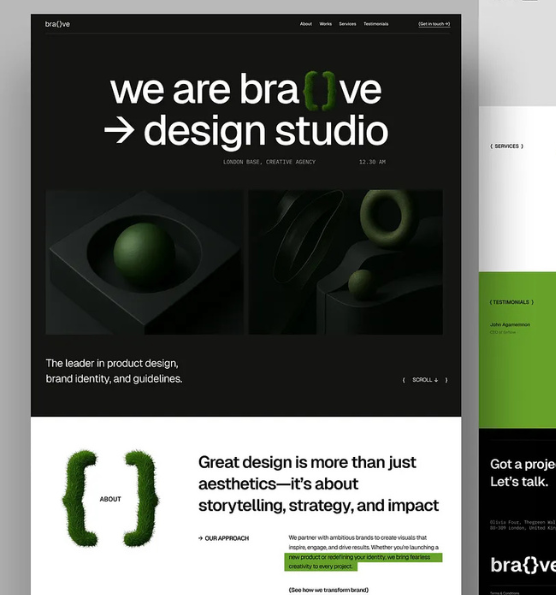
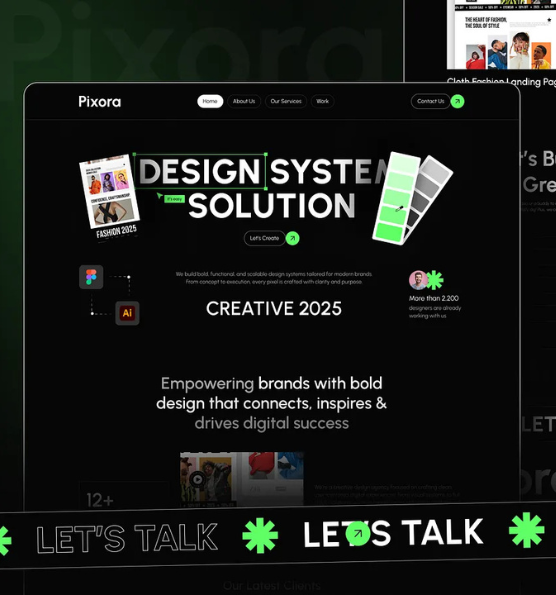
Our Comprehensive
Digital Marketing & Strategy Solutions
As a leading digital marketing agency, we offer tailored strategy solutions that increase conversions and return on investment.
A Trusted Digital Marketing Partner For Your Business
Peak Media is a certified partner with industry-leading platforms including Microsoft, Google, Meta, and Shopify, ensuring our digital marketing services deliver maximum results through proven technology solutions.




Our Digital Marketing Track Record & Results
Peak Media’s digital marketing services have delivered exceptional results across 300+ projects. Our proven consultancy approach has driven above average growth rate for clients, making us a top choice for businesses nationwide.
Our Proven Digital Marketing Strategy Process
1. Requirements
We analyze your business goals and digital marketing needs to create a comprehensive strategy that aligns with your objectives and target audience for maximum results.
2. Project Plan
Our expert team develops a detailed digital marketing strategy plan with timelines, milestones, and KPIs to ensure successful delivery of top digital marketing services.
3. Creation
Peak Media executes your custom digital marketing consultancy solutions, creating compelling content, campaigns, and assets that drive growth and deliver measurable ROI.
Industry-Leading Technology Partners & Integrations








Peak Media provides complete digital marketing services including website design, social media marketing, SEO, content writing, brand management, and customized digital marketing strategies tailored to each business.
Our digital marketing strategy services include audience research, competitor analysis, SEO planning, paid campaign strategy, and content optimization. These help improve your online visibility, increase traffic, and generate more conversions.
Peak Media’s consultancy services include website audits, SEO improvements, social media planning, marketing roadmap creation, and overall guidance to grow your brand effectively and sustainably.
Yes. Peak Media provides specialized digital marketing solutions for financial services, including compliance-friendly content, targeted campaigns, professional website development, and strategies focused on building trust with clients.
Absolutely. Peak Media builds professional, modern, responsive, and SEO-friendly websites designed to strengthen your brand identity and improve overall user experience.
Yes. Peak Media offers high-quality content writing services including blog writing, article writing, business plans, autobiographies, press releases, and personal brand content—all optimized for SEO and audience engagement.
Peak Media's Digital Marketing Knowledge Hub
Stay ahead with Peak Media’s latest digital marketing strategy insights and expert tips. Our blog features proven tactics, industry trends, and best practices from our top digital marketing consultancy team to help your business grow.

March 4, 2025
Social Media Branding: How to Make Your Brand Stand Out in 2025
With billions of active users across various social media platforms, branding has become an essential component of any business strategy. In 2025, social media branding is all about authenticity, engagement, and value-driven content. Here’s how you can strengthen your brand presence and connect with your audience effectively. 1. Define Your Brand Identity Your brand identity includes your logo, color scheme, tone of voice, and messaging. Consistency across all social media platforms helps in brand recognition and builds trust among your audience. 2. Leverage Storytelling Storytelling humanizes your brand and creates a deeper connection with your audience. Share customer success stories, behind-the-scenes content, and the journey of your brand to make your audience feel more involved. 3. Prioritize Engagement Over Followers A highly engaged audience is more valuable than a large follower count. Respond to comments, participate in discussions, and create interactive content like polls and Q&A sessions to keep your audience engaged. 4. Utilize Influencer Marketing Partnering with influencers—especially micro-influencers—can amplify your brand’s reach and credibility. Choose influencers whose audience aligns with your target market to maximize impact. 5. Optimize Content for Each Platform Each social media platform has its own preferred content format. Instagram and TikTok favor short-form videos, LinkedIn works well for professional articles, and Twitter thrives on concise updates. Tailor your content accordingly for better engagement. 6. Use Social Media Analytics Track your performance using analytics tools to understand what content resonates with your audience. Metrics like engagement rate, reach, and conversions help refine your strategy over time. 7. Focus on User-Generated Content Encourage your customers to share their experiences with your products or services. User-generated content not only builds trust but also serves as authentic testimonials that attract new customers. 8. Implement Paid Advertising Organic reach is declining, making paid ads a crucial part of social media branding. Invest in highly targeted ads to reach specific demographics and increase brand visibility. Conclusion Building a strong social media brand in 2025 requires a strategic mix of consistency, storytelling, engagement, and analytics. By leveraging these strategies, businesses can foster a loyal community and drive meaningful connections that lead to success.
Read More
March 4, 2025
Digital Marketing Trends 2025: What Your Business Needs to Succeed
In the fast-paced world of digital marketing, staying ahead of trends is crucial for businesses to maintain their competitive edge. As we step into 2025, new advancements and evolving consumer behaviors are reshaping the digital landscape. This blog explores the key digital marketing trends for 2025 that your business needs to embrace to thrive. 1. AI-Powered Marketing Automation Artificial Intelligence (AI) is revolutionizing digital marketing by automating processes, improving customer targeting, and enhancing user experience. AI-driven tools can analyze vast amounts of data to personalize content, optimize ad placements, and even generate marketing copy. Businesses leveraging AI in their marketing strategies will see increased efficiency and better ROI. 2. Voice Search Optimization With the rise of smart speakers and voice assistants like Alexa, Siri, and Google Assistant, voice search is becoming a dominant way people find information online. Optimizing your website and content for voice search by using conversational keywords and question-based queries will be essential for ranking higher in search engine results. 3. Hyper-Personalized Content Consumers now expect highly tailored experiences. By utilizing data analytics, businesses can deliver personalized email campaigns, dynamic website content, and customized product recommendations. Hyper-personalization increases customer engagement and boosts conversion rates significantly. 4. Video Marketing & Live Streaming Video content remains one of the most engaging forms of media. Short-form videos on platforms like TikTok, Instagram Reels, and YouTube Shorts are dominating the digital space. Additionally, live streaming has gained popularity for real-time engagement. Businesses should focus on creating high-quality, engaging video content to capture audience attention. 5. Social Commerce & Shoppable Posts Social media platforms are evolving into shopping destinations. Features like Instagram Shopping, Facebook Marketplace, and TikTok Shop enable businesses to sell directly through social media. Integrating seamless checkout experiences and leveraging influencer marketing will be key to boosting sales through social commerce. 6. Metaverse & Virtual Reality Marketing The metaverse is no longer just a futuristic concept—it is becoming a part of digital marketing strategies. Brands are exploring virtual experiences, digital showrooms, and interactive 3D advertisements to engage with audiences in innovative ways. Investing in VR/AR marketing can create immersive brand experiences that set businesses apart. 7. Privacy-First Marketing & First-Party Data Collection With increasing concerns over data privacy and changes in cookie tracking, businesses need to prioritize ethical data collection. First-party data (information collected directly from users) will be the gold standard for digital marketing. Brands should focus on building trust by offering value in exchange for data, such as personalized discounts and exclusive content. 8. Influencer & Micro-Influencer Collaborations Influencer marketing continues to be a powerful tool, but 2025 will see a shift towards micro-influencers—individuals with smaller, highly engaged audiences. These influencers offer more authenticity and niche targeting, making them ideal partners for businesses looking to build brand trust. 9. Interactive & Gamified Content Consumers love interactive experiences. Quizzes, polls, augmented reality filters, and gamified content encourage higher engagement and social sharing. Businesses that create fun, engaging, and interactive digital content will see increased customer loyalty and brand awareness. 10. Sustainability & Ethical Branding Consumers are becoming more conscious of environmental and ethical issues. Brands that prioritize sustainability, social responsibility, and transparent business practices will gain a loyal customer base. Digital marketing strategies should highlight eco-friendly initiatives, ethical sourcing, and corporate social responsibility efforts. Final Thoughts As digital marketing continues to evolve, businesses must adapt to stay ahead. By embracing AI, personalization, video marketing, and ethical practices, companies can create impactful campaigns that drive engagement and revenue. 2025 is set to be an exciting year for digital marketing, and those who innovate will thrive in the competitive landscape.
Read More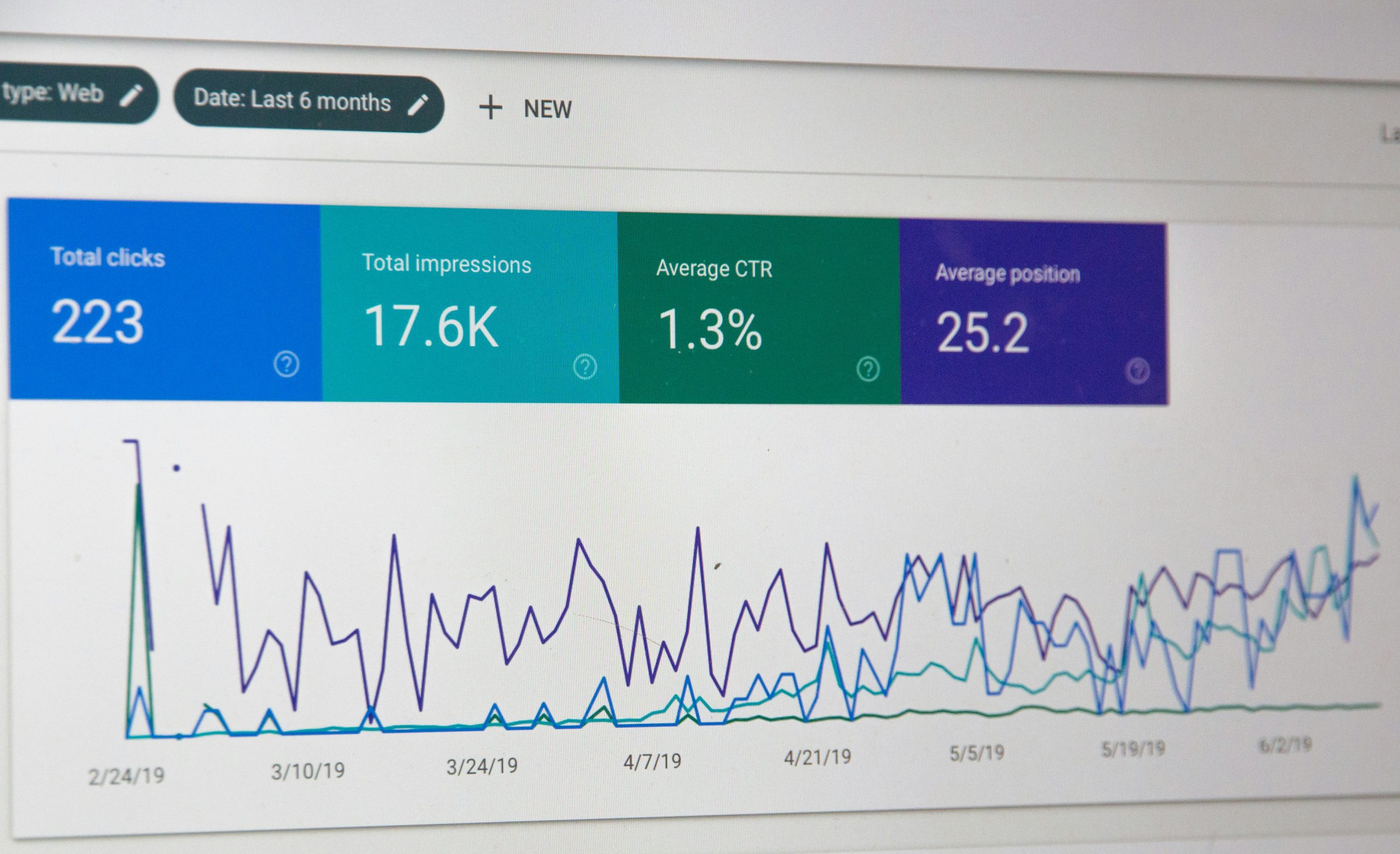
February 27, 2025
SEO Strategies to Rank Higher on Google
Search Engine Optimization (SEO) is the backbone of online success. Ranking high on Google can significantly boost your visibility, traffic, and revenue. Why SEO Matters Higher Visibility: The higher your site ranks, the more people will visit it. Increased Credibility: Websites on the first page of Google are viewed as more trustworthy. Long-Term Results: Unlike paid ads, SEO provides sustainable traffic growth. Effective SEO Strategies Keyword Research: Identifying the right keywords your audience is searching for. On-Page Optimization: Improving title tags, meta descriptions, and content. Technical SEO: Ensuring fast load speed, mobile-friendliness, and clean site structure. Backlink Building: Earning quality links from reputable websites to boost authority. Local SEO: Optimizing for location-based searches to attract local customers. Get SEO Solutions with Peak Media Consulting At Peak Media Consulting, we specialize in advanced SEO techniques that help businesses rank higher and generate more leads. Our team uses the latest strategies to optimize your website and improve search engine performance.
Read More
February 27, 2025
How Strong Branding Can Elevate Your Business
Branding is more than just a logo; it’s the identity of your business. A well-established brand builds trust, attracts customers, and creates a competitive edge. Elements of a Strong Brand Unique Brand Identity: A logo, color scheme, and typography that reflect your brand’s personality. Consistent Messaging: A clear and compelling story that resonates with your audience. Customer Experience: Delivering exceptional service to build customer loyalty. Online Presence: A well-designed website and active social media profiles. The Impact of Branding on Business Growth Builds Trust: A recognizable brand makes customers feel more confident in their purchases. Improves Recognition: The more people see your brand, the more likely they are to remember it. Boosts Customer Loyalty: Strong brands create emotional connections that keep customers coming back. Let Peak Media Consulting Build Your Brand Our expert team at Peak Media Consulting helps businesses develop a compelling brand strategy that ensures long-term success. From logo design to social media branding, we create solutions tailored to your business needs.
Read More
February 27, 2025
The Power of Digital Marketing for Business Growth
In today’s digital world, businesses cannot afford to ignore online marketing. Digital marketing is a powerful tool that allows businesses to reach their target audience effectively and drive significant growth. Why Digital Marketing Matters With over 5 billion internet users worldwide, digital marketing offers an opportunity to connect with customers like never before. Whether you are a startup or an established business, a strong online presence can help you: Increase brand awareness Drive website traffic Boost customer engagement Improve sales and conversions Key Digital Marketing Strategies Search Engine Optimization (SEO): Ensuring your website ranks high on search engines like Google. Social Media Marketing: Engaging with audiences on platforms like Facebook, Instagram, and LinkedIn. Content Marketing: Creating valuable content like blogs, videos, and infographics to educate and attract customers. Pay-Per-Click Advertising (PPC): Running paid ads to target specific customer segments. Email Marketing: Sending personalized messages to nurture customer relationships. How Peak Media Consulting Can Help At Peak Media Consulting, we specialize in creating custom digital marketing strategies to help businesses grow. From SEO optimization to social media management, we provide data-driven solutions that drive results.
Read More
February 21, 2025
How Social Media Marketing is Transforming Brand Engagement
Social media has redefined how businesses connect with their audiences. With billions of users actively engaging on platforms like Instagram, LinkedIn, Twitter, and TikTok, social media marketing is now an essential component of any brand’s digital strategy. 1. The Shift Toward Storytelling and Authenticity Consumers no longer respond to hard-sell marketing tactics—they seek brands that tell authentic stories. Businesses that incorporate user-generated content, behind-the-scenes insights, and interactive engagement strategies build stronger brand connections. 2. Choosing the Right Social Media Platforms Each platform serves a different purpose. Businesses must select the right social channels based on their target audience and content type: LinkedIn – Ideal for B2B marketing, thought leadership, and professional networking Instagram & TikTok – Best for visual storytelling, influencer collaborations, and short-form videos Facebook – Effective for community building and advertising Twitter (X) – Perfect for real-time updates and brand engagement A multi-platform approach helps brands increase visibility and drive engagement. 3. Paid Social Media Advertising for Maximum Reach Organic reach is declining, making paid social media campaigns a critical part of brand marketing. Platforms like Facebook Ads, Instagram Ads, and LinkedIn Ads allow businesses to: Target specific demographics Retarget website visitors Optimize ads for lead generation and conversions A well-structured ad campaign ensures brands reach the right audience at the right time. 4. Leveraging Influencer Marketing Influencer marketing has become a powerful tool for brand awareness. Collaborating with micro-influencers and industry experts allows businesses to gain credibility and expand their audience organically. 5. Engaging Communities and Providing Real-Time Customer Support Social media isn’t just about promotion—it’s about building relationships. Brands that actively respond to comments, participate in discussions, and offer customer support via social channels create a loyal and engaged customer base. At Peak Media Consulting, we specialize in creating high-impact social media strategies that drive real business results. #SocialMediaMarketing #BrandEngagement #DigitalStrategy #ContentMarketing #MarketingSuccess #BusinessGrowth #OnlineBranding
Read MoreLet's work together







